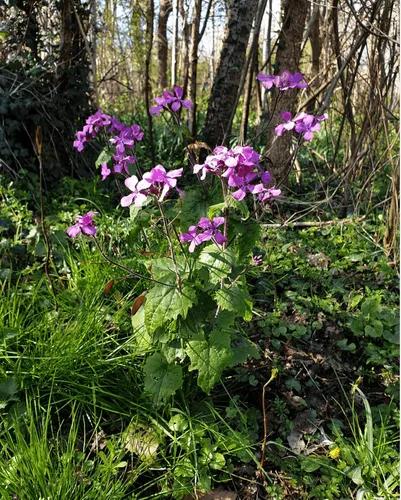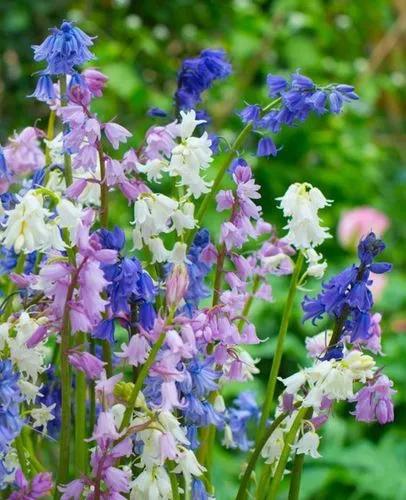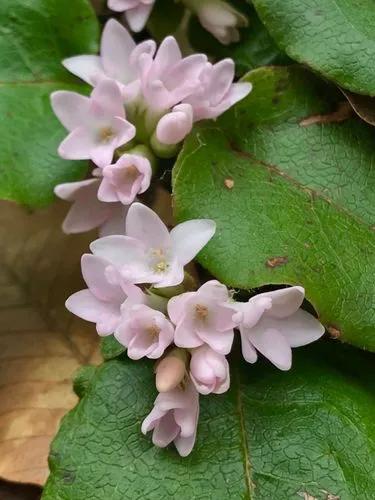A striking annual member of the pea family with crimson-pink flowers produced on long stalks, singly or in pairs, from May to July. Can be grown amongst meadow plants such as Oxeye daisies, Red Clover, and Tufted vetch, and also grasses, the narrow leaves camouflaging the plant well when not in flower, with the angled erect stems reaching up to 90cm.
Grass Pea Care
Lathyrus nissolia



Grass vetchling is a native annual of open and often disturbed grasslands particularly chalk and chalky clay soils. Habitats include grassy banks, roadside verges, woodland rides and coastal grasslandsL. nissolia Reaches maturity and produces viable propagules, or vegetative propagules become separate individuals, in under a yeaL. nissolia occurs in crops, hedgerows and bushes, forest edges, meso-xerophilic meadows, mainly on clay to siliceous substrate (Biologie Végétale 2010). Grows sparingly through ungrazed grass and as weeds on roadside banks; was absent from adjacent stocked pastures (Healy 1956). Establishes in highly disturbed natural ecosystems (e.g. roadsides, wildlife corridors, or areas which have a greater impact by humans such as tourist areas or campsites) or in overgrazed pastures/poorly growing or patchy crops.r.
This plant might be poisonous
How to get rid of: The most effective way to remove sweet pea weeds is with chemical herbicides. Glyphosate is one of the chemicals that effectively controls wild sweet peas, generally with a kill rate of 95 percent or higher. To apply a concentrated herbicide containing 18 percent glyphosate, dilute at a rate of 3 ounces in each 1 gallon of water. Spray the herbicide on a windless, sunny day when the temperature is above 60 degrees Fahrenheit. Glyphosate can kill desirable plants as well as weeds, so take care to spray only on the wild sweet peas. If the herbicide gets on a plant you want to keep, rinse the plant immediately with clean water. Always read and follow label directions, and wear protective clothing and eye protection when using chemical herbicides. Wash your hands with soap and water immediately after use.
Discover more plants with the list below
Popular articles






